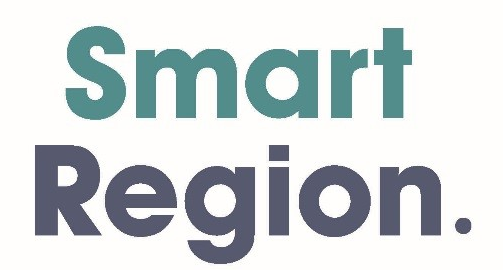Is Facebook an Effective Driver of Sales?
In early August, Mashable set up Meg Faure, founder of The Baby Sense Company, with Jeremy Pepper, a Los Angeles-based social media and public relations consultant, to see if Faure could up engagement and sales conversions among her (already sizable) Facebook and Twitter communities.
Faure is the international bestselling author of Baby Sense, which over the past decade has expanded into a franchise that includes several more books, a seminar series and an ecommerce business that spans three continents. Faure and her company are a natural fit for social media: In her home country of South Africa especially, she is a well-recognized expert on child care, and the company’s Facebook page and Twitter account are peppered with questions from concerned parents. With a modest marketing budget (less than $500 a month), Baby Sense had amassed more than 31,000 fans on Facebook and 2,400 followers on Twitter as of early August.
At that time, Faure said she was pleased with the engagement her company receives on social media, particularly on Facebook. With about four times the number of subscribers as her email newsletter, she feels it’s the best way to get the word out about new products and events. Faure’s also finding ways to monetize her presence on those platforms by mixing sponsors, including Johnson & Johnson, into the feed.
But Faure said she would like to use Facebook to generate more sales. She said she’s had some success with Offers, but so far most of her Facebook marketing budget is spent on promoting posts and getting more Likes on Baby Sense’s page — which ultimately isn’t converting to many sales, she said. Faure was also looking for a tool to help her schedule, manage and respond to posts. In addition, she had started a Pinterest page but wasn’t sure how to optimize her presence there, and wondered if she should even be on Pinterest in the first place.
The Plan
After an introductory phone briefing, Pepper devised a social media strategy to help Baby Sense achieve its aims, giving consideration to Faure’s advertising budget and limited spare time. The primarily goal was to help grow the company’s online community, seeking out possible paid sponsorship opportunities. Pepper’s strategy primarily focused on Facebook, where Baby Sense’s community is already strongest.
First off, Pepper suggested that Faure develop an editorial calendar and schedule for Facebook and Twitter. That way she could plan and promote events and products, and the community would know when to tune in. He suggested using an app like Buffer to schedule posts.
Pepper also advised a change to Baby Sense’s editorial tone — one that was more “Mom to Mom” and less corporate. He suggested Faure write lengthier posts, between 200-300 characters, with a call to action such as: tell us your story, or tell us if you agree with this statement. He added that Faure should spend more time reading and responding to comments on both Facebook and Twitter. In addition, she should be cross-promoting the content she posts on Facebook to Twitter and to her newsletter, and vice versa, creating a more holistic community, and more touch points, for fans.
One Month Later
We touched based with Faure and Pepper last week to see how Baby Sense was progressing on social media following last month’s briefing.
Faure admitted she wasn’t able to tackle all of Pepper’s recommendations — finding time to execute all she wanted remained, as ever, difficult — but she did incorporate several, with mostly positive results.
First, Faure downloaded the free version of Buffer, which allowed her to both schedule posts and better monitor incoming messages on social media. As a result, she was able to plan and space out the content she posted, and more effectively respond to questions posed to her by fans. Facebook posts were longer, in the 200-300 character range, and got a greater level of response. A one-hour Q&A session hosted on Facebook on Aug. 22 and Twitter on Sept. 5 engaged a healthy number of followers, especially on Facebook. She was also pleased with the amount of mentions at retweets her account received when she live-tweeted information being given by doctors and other professionals at seminars.
Overall, Faure said she “definitely saw more engagement” on Facebook and Twitter over the month. On Facebook, she said there are usually 700 people talking about her page, as reported by Facebook Insights. Since speaking with Pepper, she saw engagement go as high as 1,300 people. The average reach of individual Facebook posts also increased, she said. Despite increased engagement, she saw about the same amount of growth in followers on Facebook and Twitter — for the former, about 70 new likes per day.
One thing Faure didn’t see improvement on was sales — neither of the products she carries on her website, nor of tickets to her seminars. She isn’t sure if that’s because she still isn’t using Facebook and Twitter as effectively as she could, or if those platforms simply aren’t effective sales drivers. Still, she said, it drives brand allegiance — and that’s “the ultimate goal we have.”
Faure said she plans to continue to use Buffer and to incorporate Pepper’s other suggestions. She also noticed that links to informational articles resulted in a much greater degree of engagement on Twitter especially, and so she plans to focus on more of that kind of content over direct promotions there. Faure is also planning to livestream her next seminar, which she expects will generate a great deal of cross-platform engagement.
Source: mashable.com




